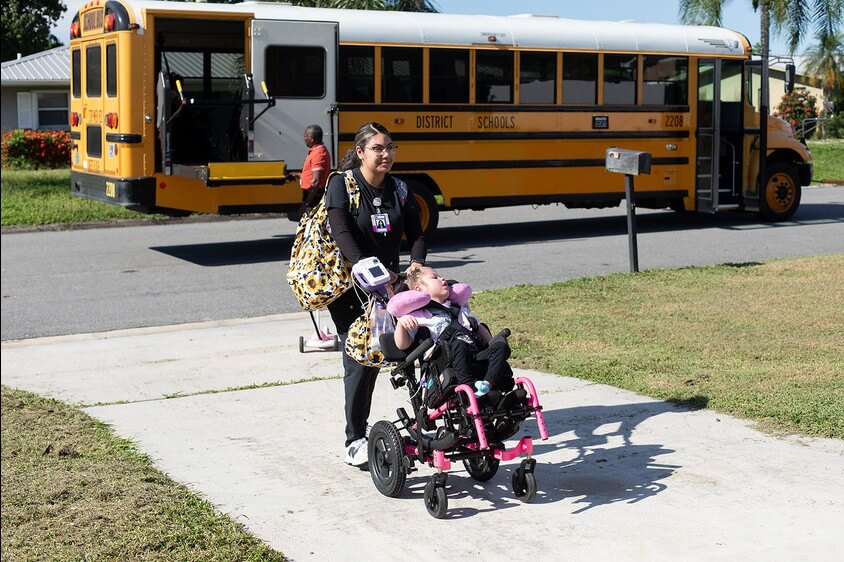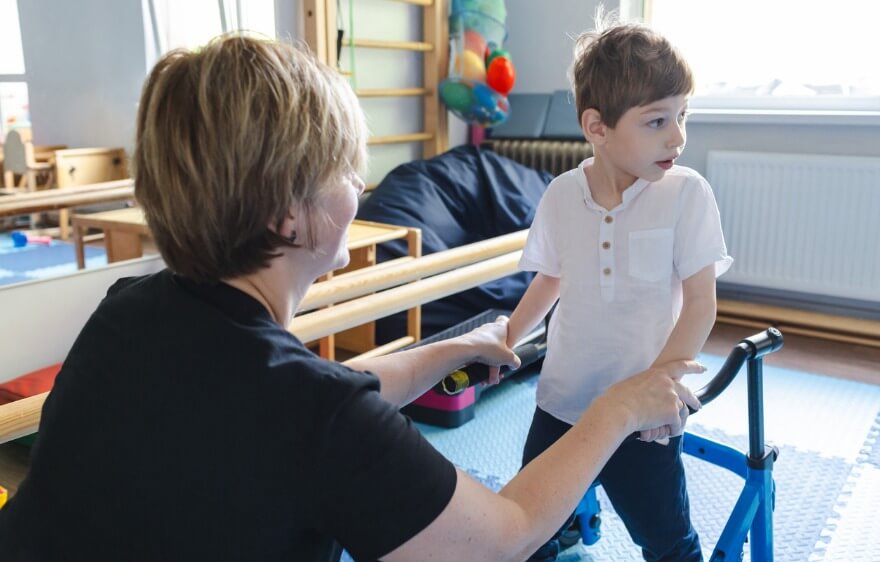Goodness. There is so much interesting research going on out there! I had a hard time picking an article this month, but finally settled on one that looked at the viability of a telehealth model for working with adolescents who stutter. We do a fair amount via telepractice around here and I am thrilled to see that the research community is starting to look at best practices for this new frontier!
The Details
The Question
Phase I of this study established that it was viable to deliver the Camperdown Program via webcam to adolescents who stutter. This study (Phase II) sought to evaluate the efficacy of the Camperdown Program in this same population.
The Method
Researchers engaged 16 adolescent boys who were seeking treatment for stuttering, ages 12-17. All participants had greater than 2% Syllables Stuttered (%SS), were proficient English speakers, and had not received treatment for stuttering in the previous 12 months. The assessment was conducted prior to treatment, upon entry into the maintenance phase of treatment, 6 months after entry into maintenance, and 12 months after entry into maintenance. Participants received the Camperdown Program via webcam in their own homes for a mean of 15.5 hours.
The Results
The mean %SS at the start of the study was 6.1% and was reduced to 2.8% 12 months after entry into maintenance. Participants “significantly reduced their stuttering in terms of frequency and severity,” although the authors note that there was variation in the degree of improvement between individual participants. The adolescents also reported that they enjoyed receiving the treatment via webcam, and fewer than half stated that they would have liked to have visited the SLP in person “a few” times in order to get to know the SLP better. In addition, they expressed that they would prefer to receive their services online in the future.
Researchers note that only around half of the participants maintained their original reduction in %SS at the 12-month mark. Interestingly, this regression was not reflected in the participants’ self-report measures, which remained positive at the 12-month assessment. This level of regression/relapse is typical of other, traditionally-delivered intervention programs that have been studied with this population.
The Take-Away
It’s no shock that adolescents really liked receiving services via webcam, but it is always nice to have a gut instinct reinforced by research. While it only demonstrated true success for half of the participants, it seems to me that this has more to do with treating stuttering in general than with the delivery medium. Also, stuttering is a disorder in which self-perception matters at least as much, if not more, than the quantitative measures of severity. That the participants rated themselves highly after 12 months is very encouraging to me. I was also excited to learn about the Camperdown Program, which can be downloaded for free. All in all, this study suggests that, at least with this population, telepractice is an excellent option.





